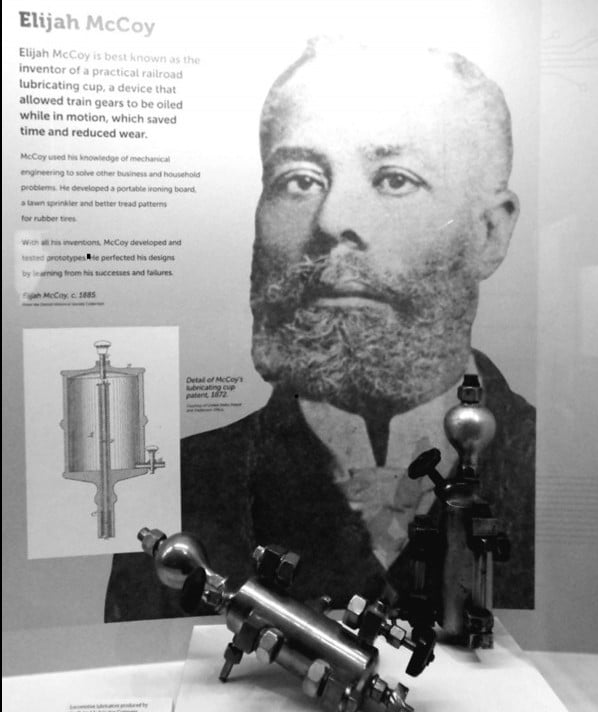Lewis Howard Latimer was born in Chelsea, Massachusetts, on Sept. 4, 1848. He was born six years after his parents ran away from slavery in Virginia. Latimer is considered one of the 10 most important Black inventors of all time. He died in Flushing, New York, on Dec. 11, 1928.
He enlisted in the U.S. Navy during the Civil War. After the war, Latimer returned to Boston, where he was employed by the patent solicitors Crosby and Gould. While there, he learned mechanical drawing, how to use the tools of the trade and the art of drawing to scale. After noticing Latimer’s skills and ability, he was promoted to the role of head draftsman.
While at Crosby and Gould, Latimer drafted the patent drawings for inventor Alexander Graham Bell’s patent application for the telephone. He spent countless hours working with Bell. With Latimer’s help, Bell was able to get the patent before competitors.
In 1876, Hiram S. Maxim hired Latimer to be an assistant manager and draftsman. Latimer invented a method for making carbon filaments for the Maxim electric incandescent lamp. In 1881, he supervised the installation of the electric lights in New York, Philadelphia, Montreal and London.
In 1894, he created a safety elevator that improved the elevators of that time. He next obtained a patent for locking racks for hats, coats and umbrellas that organizes people’s belongings and prevents theft. He next created an enhanced version of a book supporter that arranged and organized books.
He was a real “renaissance man.” In addition to being an inventor, he was a painter, poet, playwright and musician. Today, the Lewis H. Latimer House in New York City is a museum filled with Latimer’s work and is open to the public.






